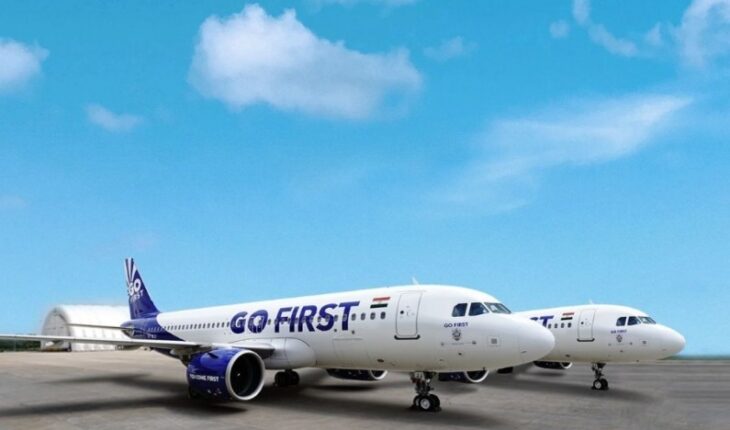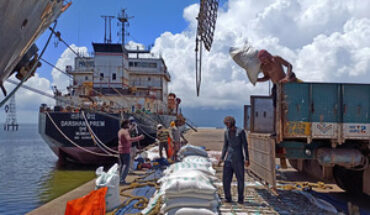The failure of Go First indicates that the aviation industry is facing challenges that are contributing to its current state of turbulence. These challenges must be addressed if the industry is to continue to grow and thrive.

There was a time in the 90s when I used to see the colourful advertising of Damania Airways, East West Airlines, Modiluft, etc. on the roadside poles in New Delhi’s Connaught Place area. That was the beginning of the private airline industry following the open-air policy of the Govt of India. Till then, only Indian Airlines and Air India were running the show. I used to write a weekly column ‘Oonchi Udaan’ for a national daily in those days. Air travel was considered a costly and luxurious affair. But, the industry has witnessed a sea change since then and has grown like anything. There are currently 1100 aircraft with Indian carriers, which employ over 4 million people.
After braving the pandemic blues, when domestic carriers were busy making some profits out of the growing demand, the Go First crisis came like a shocker to the fliers who had booked their tickets much in advance. The Wadia Group-owned budget carrier has moved the National Company Law Tribunal (NCLT), seeking voluntary insolvency resolution proceedings, and meanwhile cancelling all operations for some time. The airline has been grappling with engine issues with Pratt & Whitney since January 2020. Now the airline is on the verge of collapse.
There have been 27 private airlines that either shut operations or merged with other airlines in the past 29 years. Some of the notable ones, including Modiluft, Damania, East West, Kingfisher, Jet Airways, Indian Airlines, Sahara Airlines, Air Deccan, etc. do not exist anymore. Among these, Kingfisher Airlines was founded by Vijay Mallya in 2005 and operated until 2012. The airline faced financial difficulties and was eventually shut down due to mounting debt and unpaid bills. Jet Airways was founded in 1992 and operated until 2019. The airline faced financial difficulties and was eventually grounded due to mounting debt and unpaid bills. Indian Airlines was founded in 1953 and was merged with Air India in 2007.
These are just a few examples of airlines that have faced financial difficulties in India over the years. There are a few reasons why there has been turbulence in the Indian aviation industry. One of the primary reasons for turbulence in the Indian aviation industry is the high operating costs. Fuel prices, salaries, airport charges, and maintenance costs are all high in India. Airlines have struggled to keep up with these rising costs, leading to financial difficulties. Overcapacity is another issue that has affected the Indian aviation industry. Many airlines have entered the market, resulting in fierce competition. This competition has led to a price war, with airlines lowering fares to attract passengers. However, this has put a strain on airlines.
The Indian aviation industry is heavily regulated, and airlines must comply with a variety of rules and regulations. This can be a challenge for airlines, particularly those that are new to the market. They may struggle to navigate the complex regulatory environment, leading to delays and higher costs. India’s airports and air traffic control systems are struggling to keep up with the rapid growth of the aviation industry. This has led to congestion at airports and delays in flights. Infrastructure problems have also led to safety concerns, with some airports lacking the necessary facilities and equipment to handle large aircraft safely.
Narvijay Yadav is a senior journalist and columnist. View are personal.
Twitter @narvijayyadav






